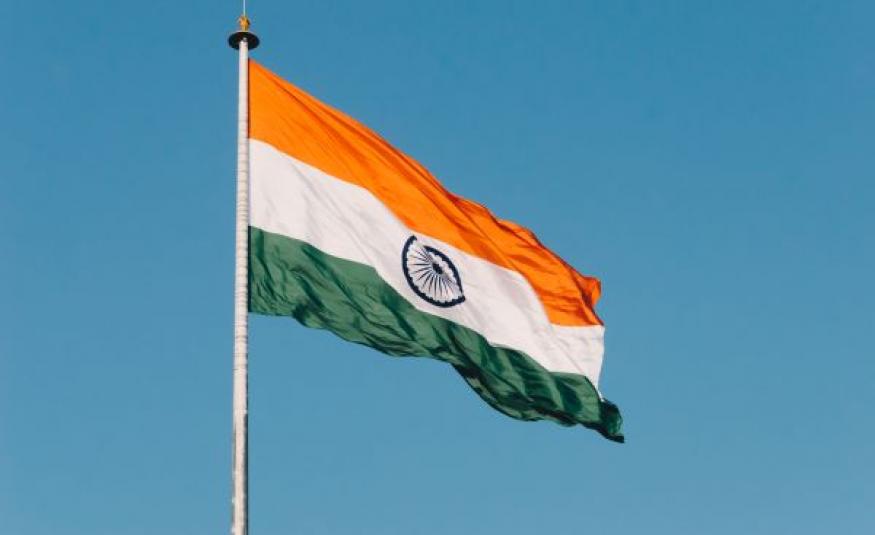RE Rogers CMD and IEIA International Ambassador Ravinder Sethi gives EW some exclusive insights into the fast-moving situation within India’s exhibition market.
As India successfully executed the complex logistics of a 14-hour curfew across the country of a billion people on 22 March prior to a more general lockdown, we asked Indian exhibition industry guru and logistics leader Ravinder Sethi to share some insights into the challenges his team at RE Rogers have been dealing with during this time of heightened anxiety:
The whole world is going through untested waters - India and RE Rogers are no exception to this. We started our preparations for new lifestyles (personal and work) weeks ago – and put ourselves ahead of the game. More important and rather critical was to take immediate steps at macro levels for the following:
- Ensure health & safety is nonnegotiable
- Bring the best out of everyone in these challenging times
- Keep the morale high
- Keep prayers alive, especially for those who are affected the worst I also made a global video appeal covering the above points.
What special changes have you had to make and adaptations from the normal work regime?
We had started our ‘work from home’ preparations some weeks ago. A core team drew up plans on how we’ll handle the situation if and when it was needed.
Our offices all over India switched to ‘work from home’ on 13 March. Some felt we overreacted, but everyone now applauds us for our alertness.
We start the day with the top management on skype/zoom chalking out the day’s plans.
On the operational side, customs documentation is processed on home installed systems; sales carried on via video calls/Skype; and we run a skeleton warehouse staff for the forklift/transport jobs.
Heath and safety for all colleagues and their families is critical. We had provided masks, sanitisers, and other items in advance to all our staff. Most important, was the continuing education process for everyone on how to go about this new life.
My message to anyone who’s not in this situation – and I pray you never get there – is please prepare well in advance.
How has the Indian market and industry reacted to this threat?
Let me share some good news in these challenging times.
Our financial year closes on 31 March and our exhibition season is at its tail end by end-February. So, when the virus hit India, most major events (Auto, Imtex, Indiawood, DefExpo, etc.) had already taken place.
There are shows which got postponed but, on the whole, we are much better off than the rest of the world.
Indian industry remains very strong and that augurs well for India to remain as a future global business destination.
Our government has been phenomenal. Precautions were put in place well in advance. As of now (23 March), the curve remains marginal.
The Indian Exhibition Industry Association (IEIA) is also leading from the front. The Executive Committee (of which I’m a member) has taken several confidence-building measures already.
Keeping members updated on the fast-changing health and corporate issues, to making representations for subsidies on losses has been our main focus right now. We’re also returning to business as usual on other issues. New dates for our postponed Open Seminar plus our other programmes are in process of being worked out.
What lessons can we learn globally as an industry here?
The main lesson is realising how globally interconnected we are. It’s not regional anymore - any country affected by anything will have repercussions elsewhere.
We’re all in it together and ‘Together Strong’ is a reality. I compliment IELA, our logistics association, in spreading this message worldwide.
What might change as a result of this experience, such as more use of event tech and remote working?
The traditional exhibition industry will rebound fast and very aggressively. Event tech will have its own place, but face to face will never go away.
However, there’ll be a change in traditional work styles. Remote working will be more common, both for cost curtailing and for greater productivity





